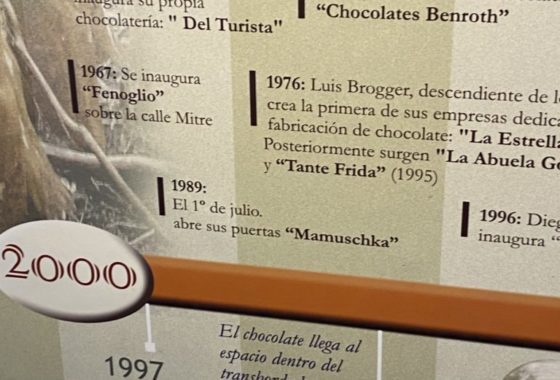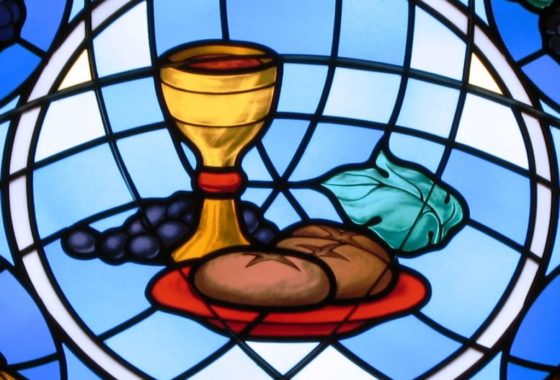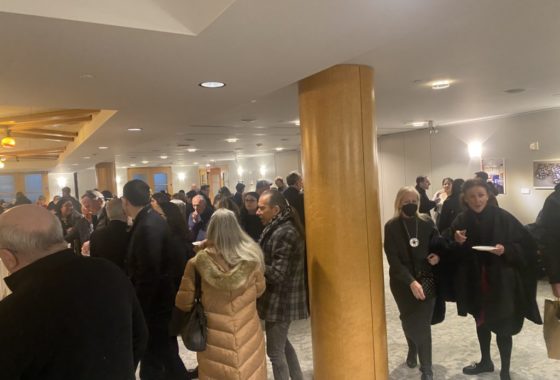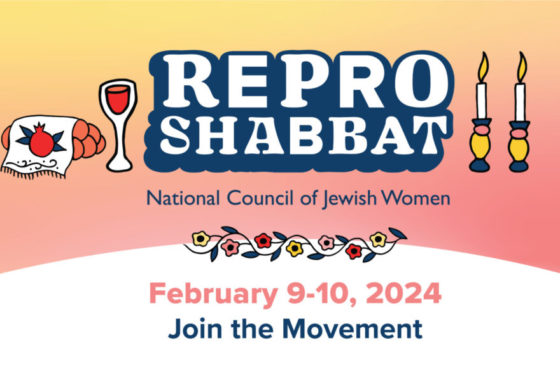
Funny Faced Purim Pastries
Purim’s March madness brings funny faced yeast pastries, gifts of food, festive meals, and donations to the needy. While Hanukkah marks the survival of Judaism, Purim rejoices in the survival of the Jewish people. Built around the biblical book of Esther (Megillat Esther), the creative costumes, silly megillah based skits, and crazy carnivals foment frivolity. The holiday commemorates heroes Mordecai and Esther his niece, who prevented the evil Haman from annihilating Jewry.
Just as noisemakers blot out Haman’s name during the reading of the story of Esther, so too, there’s playful revenge in eating yeasted pastries shaped like Haman’s eyes (ojos de Haman), or his ears (orejas de Haman, oznei Haman, orecchi de Aman) or his triangular hat or pockets (Ashkenazi hamentashen). Triangular shaped Bukharian kulchi qandiy, baked with vodka and criss-crossed with a knife, portray the demise of Haman. Perhaps inspired by Easter breads, several of these goodies bake strips of dough, perhaps imitating prison bars, over hard boiled eggs in a rounded dough such as the Sephardi foulares or the Greek version folarikos. Pastry wrapping of the egg constrains Haman’s body, which is ultimately deliciously devoured. In Italy bread may depict Haman’s shoes. Little dough dolls of Haman’s despicable sons appear in Israeli food baskets. Some shape a hangman’s tower which had been intended for the Jews but ultimately punished Haman and his sons.
Puns on Haman’s name may be discerned in the popular poppy seed filling or ‘mohn’ of Yiddish and German. The Ladino haminados, meaning whole eggs long cooked or baked in the shell, also play on Haman’s name. In addition to hamentashen, Ashkenazim feast on one to two feet long saffron infused challah loaves. This koylitsh bread appears often in popular Yiddish culture. The braids represent Haman’s hanging ropes.

Recently Rabbi Susan Schnur argued for updating the Purim into what she called a womantasch:*
pubic triangles traditionally filled with black seeds—are pre-spring, full-moon fertility cookies, suggesting the potency of female generative power, and heralding women’s and the Earth’s seasonally awakening creativity.*
Another addition to the Purim repertoire could include shaping challah into grapes, a happy face emoji, a megillah, a crown, or a cluster of grapes. Plus, based on the Talmudic requirement to drink alcohol at Purim until one cannot distinguish between the names of Mordecai and Haman, we might indulge in a shikkere babka or flambe a challah. Or, we could use the alcohol infused dough from the Seven Heaven Challah.
Generations before us found relief and release in these historic and hysterical foods. So might we.
*(Susan Schnur, “From Prehistoric Cave Art to Your Cookie Pan: Tracing the Hamantasch Herstory,” Lilith, March 14, 1998)
Recent Posts
-
On the Chocolate Trail in Bariloche, Argentina
In March, Mark and I finally extended our chocolate trail explorations in celebration of our special anniversary to Bariloche…via Miami, Buenos Aires, Ushuaia, Antarctica, and Buenos Aires again. There were international flights, a cruise, a couple of domestic flights to get there. All of the travel was amazing, but Bariloche, sometimes called the chocolate capital
Read more › -
Sunday Yeast Polemics: On the Bread Trail
Leavened bread or not? While some of us may think of Passover, the question applied to Eucharistic bread and created significant division in the early Christian Church. The leavened bread for Sunday use was often baked at home by women. Over time, preferences shifted to clergy, church-produced, breads… and, the Eastern Orthodox Church preferred a
Read more › -
Sweet Treat: Chocolate and the Making of American Jews
You may wonder: how did chocolate help define American Jews? Through chocolate, we see that Jews were part of America since its earliest days. Well, since 1701 at least, Jews in the Colonies made part of their living through chocolate. Several Sephardim, leaders of their New York and Newport Jewish and secular communities, participated in
Read more › -
How About Some Uterus Challah?
When Logan Zinman Gerber felt enraged about the loss of reproductive rights in the U.S., she baked challah. Not any challah. She shaped it into a uterus. It wasn’t long after the birth of her daughter that Gerber, a longtime challah baker and staff member of the Religious Action Center of the Reform movement, considered
Read more ›
Some Previous Posts
(in alphabetical order)
- "Boston Chocolate Party" Q&As with Deborah Kalb
- 2022 Media for The "Boston Chocolate Party"
- A Manhattan synagogue explores the rich, surprising history of Jews and chocolate
- About Rabbi Deborah Prinz
- Baking Prayers into High Holiday Breads
- Boston Chocolate Party
- Digging into Biblical Breads
- Exhibit Opens! Sweet Treat! Chocolate & the Making of American Jews
- For the Easiest Hanukah Doughnuts Ever
- Forthcoming! On the Bread Trail
- Funny Faced Purim Pastries
- Good Riddance Chameitz or, The Polemics of Passover's Leaven
- How About Some Uterus Challah?
- Injera*
- Jewish Heritage Month: Baseball & Chocolate!
- Matzah - But, the Dough Did Rise!
- Plan a Choco-Hanukkah Party: 250th Anniversary Tea Party
- Prayers Into Breads
- To Shape Dough: A Trio of Techniques
Archives
2025
▾- All
2024
▾- January
- February
- March
- May
- July
- All
2023
▾- March
- April
- May
- June
- August
- November
- December
- All
2022
▾- February
- April
- November
- December
- All
2021
▾- March
- April
- October
- November
- All
2020
▾- April
- May
- June
- October
- December
- All
2019
▾- January
- February
- April
- May
- July
- August
- September
- October
- December
- All
2018
▾- February
- March
- April
- May
- July
- September
- October
- November
- December
- All
2017
▾- January
- February
- March
- July
- September
- October
- November
- December
- All
2016
▾- January
- February
- March
- May
- July
- August
- October
- November
- All
2015
▾- January
- February
- March
- May
- June
- July
- September
- November
- All
2014
▾- February
- April
- May
- June
- August
- September
- November
- All
2013
▾- March
- April
- May
- June
- July
- September
- November
- All
2012
▾- January
- February
- March
- April
- September
- October
- November
- December
- All
2011
▾- April
- July
- August
- October
- November
- All
2010
▾- January
- February
- April
- July
- August
- September
- October
- All
2009
▾- January
- June
- July
- August
- October
- All
2008
▾- August
- September
- October
- November
- All
2007
▾- January
- June
- July
- All
2006
▾- November
- December
- All



